Do predators kill for fun?
Carnivores – meat-eaters – sometimes kill more prey than they need to feed themselves and their young. This behaviour, called “surplus slaughter” could lead you to think that predators kill for fun instead of out of necessity.
So…what’s happening here? Hunting is difficult and risky. How many lions have been fatally wounded by a buffalo horn or the defence of the muchcoveted elephant? But when there are numerous prey which can be caught easily and without danger, a predator may kill more prey than it can eat immediately.
A fox or a weasel that gets into a chicken coop may capture a number of hens, when just one would be enough to meet its food needs. This surplus hunting behaviour is common to many other species such as the hyena, wolf, bear, leopard, mink, caracal and some birds of prey.
Animals killed in surplus to immediate needs are often covered with snow or vegetation, stuck in the fork of a tree or hidden in a cache to be devoured later. If it is not disturbed, the fox will return systematically to the chicken coop to take the hens one at a time and place them all in a hiding place… which it will visit when food is short.
When predators live in families or packs, capture of surplus prey also allows other members of the group to be fed. “Surplus slaughter” has another advantage. Most predators learn to hunt by watching and imitating their parents. It’s a vital skill, learned progressively, and one that the carnivore works to improve when it has the opportunity.
We have all seen well-fed predators “play” with a prey with the clear goal of improving its hunting technique. The presence of a number of prey stimulates the predator’s senses and gives it a chance to perfect its technique as a hunter. Thus “surplus slaughter” becomes a favourable learning activity.
For all these reasons, it certainly appears that carnivores kill out of necessity rather than for fun or pure nastiness. Animalium, Mont-Tremblant’s zoological museum, displays most of the animals mentioned in this column. Come see them for yourself!
By the same author: The ingenious beaver (Click the image below)

Jacques Prescott131 Posts
Jacques Prescott est biologiste, professeur associé à la Chaire en éco-conseil de l’Université du Québec à Chicoutimi. Spécialiste de la biodiversité et du développement durable, il est l’auteur de nombreux livres et articles sur la faune et la conservation de la nature. Il nous fait l’honneur de rejoindre notre équipe de collaborateurs et signera chaque mois une chronique intitulée Faune et flore. / Jacques Prescott is a biologist, associate professor with the Chair in Eco-Counselling of the Université du Québec à Chicoutimi. A specialist in biodiversity and sustainable development, he is the author of numerous books and articles about wildlife and nature conservation. He has honoured us by joining our team of contributors and will write a monthly column entitled Wildlife and Habitat.
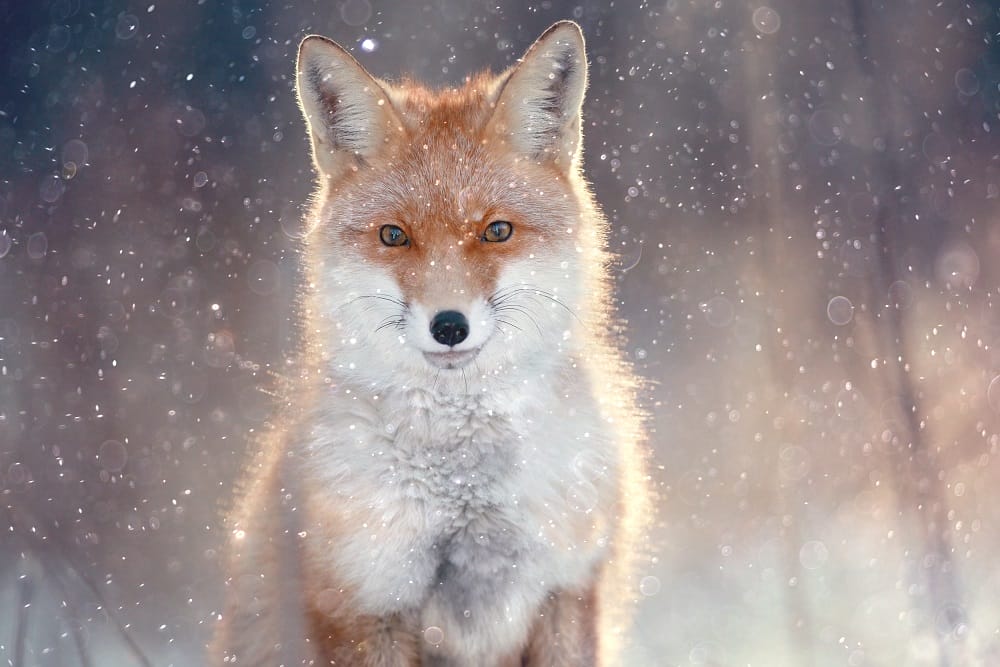




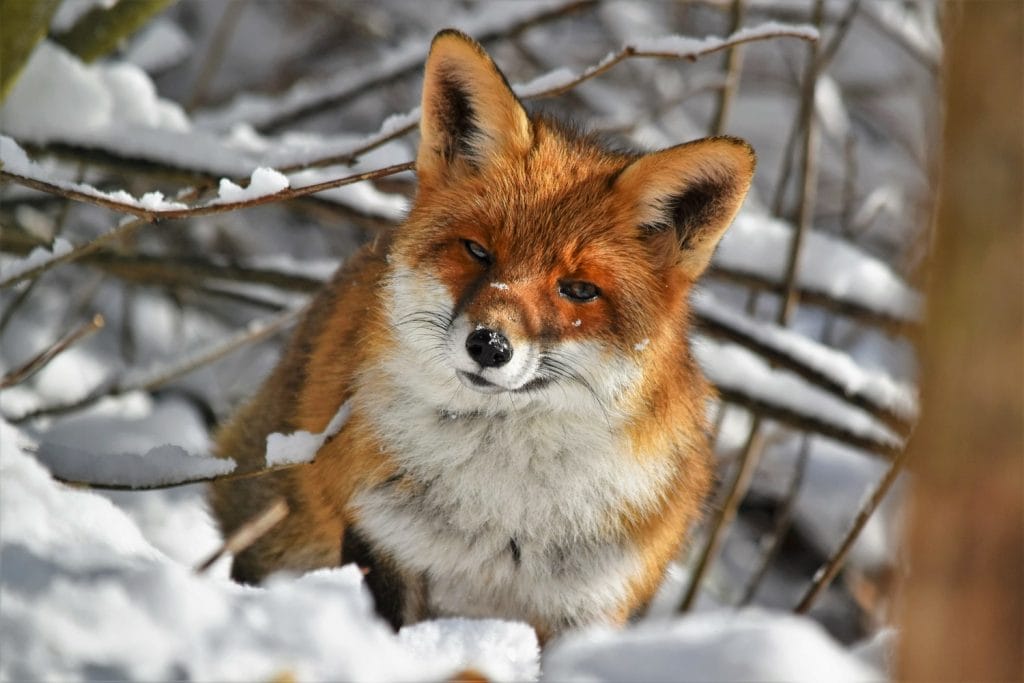
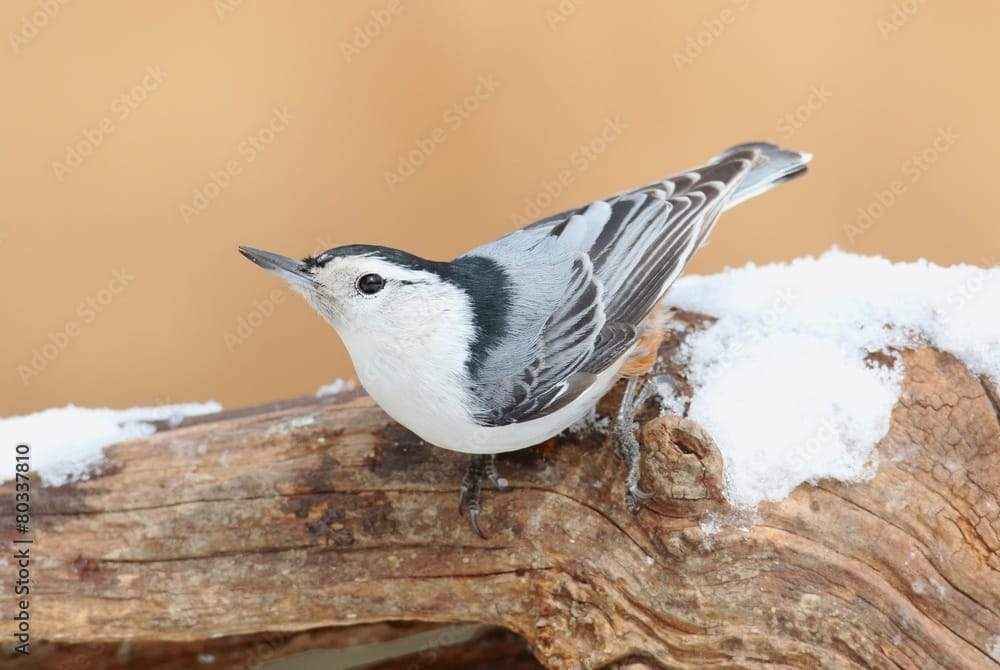
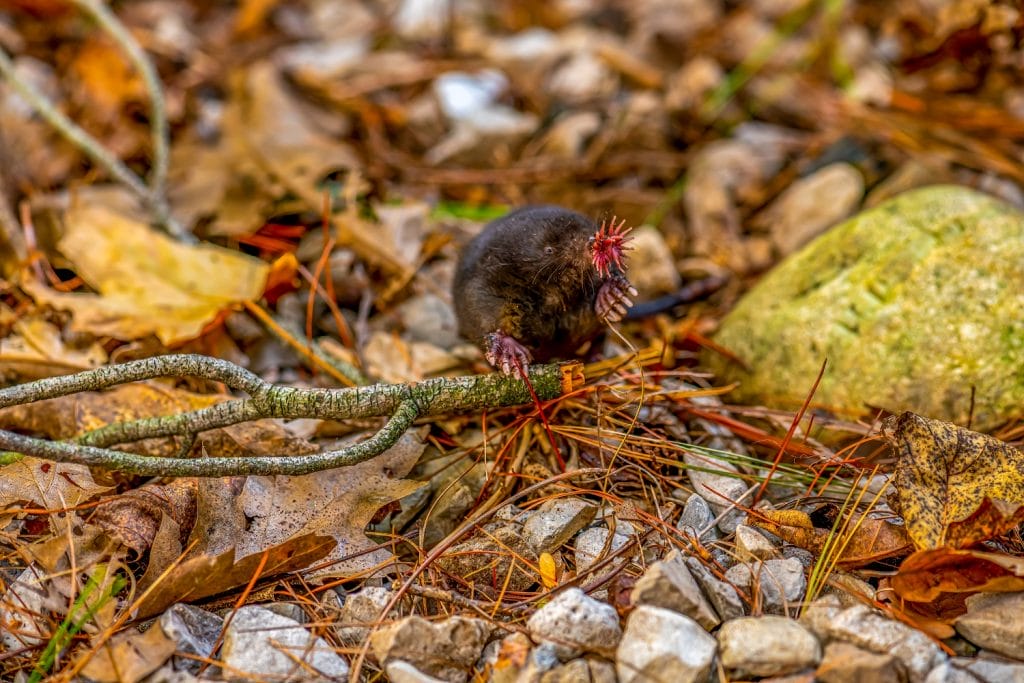
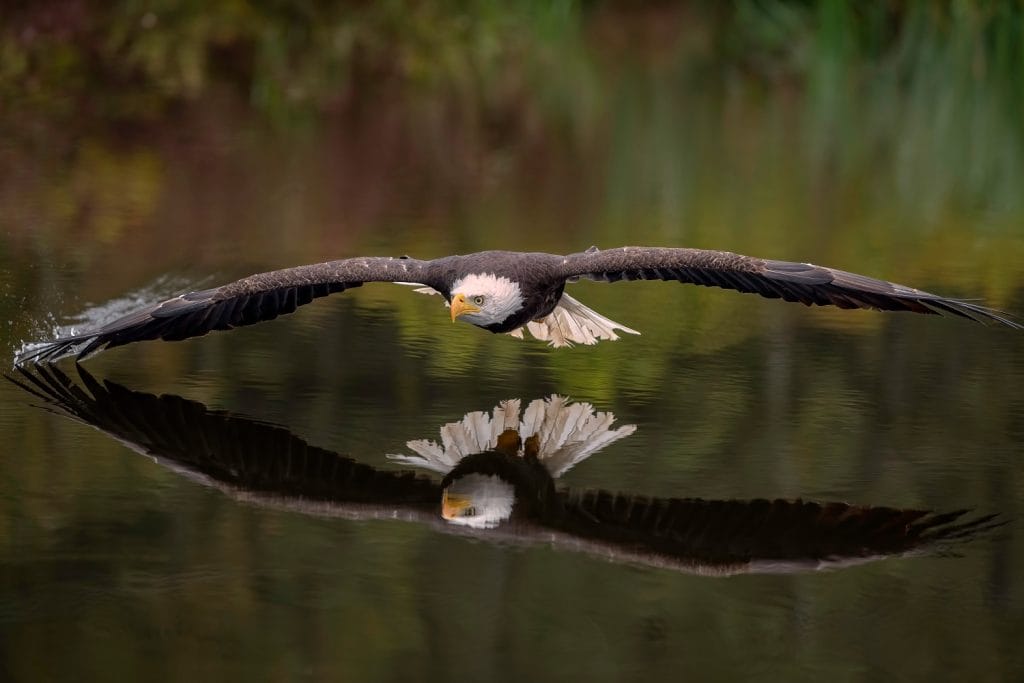
0 Comments